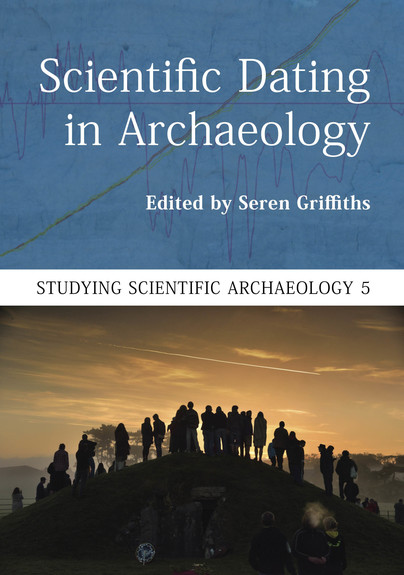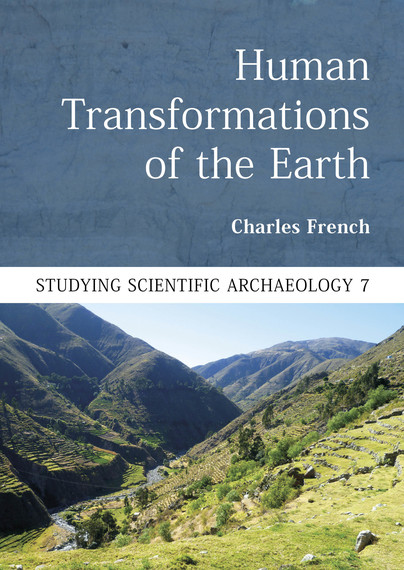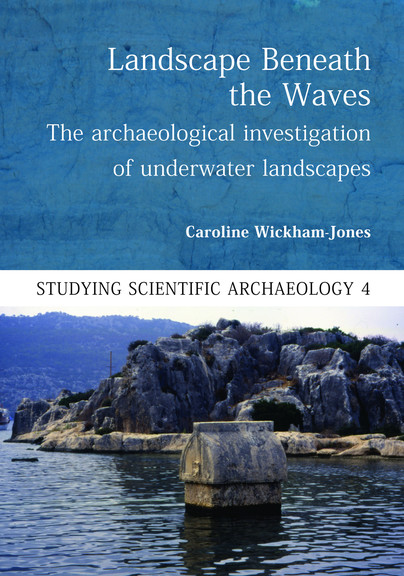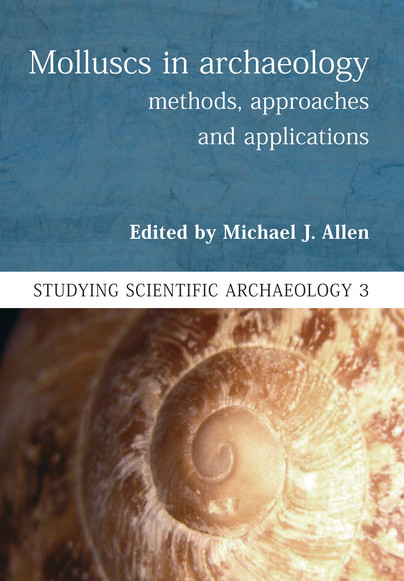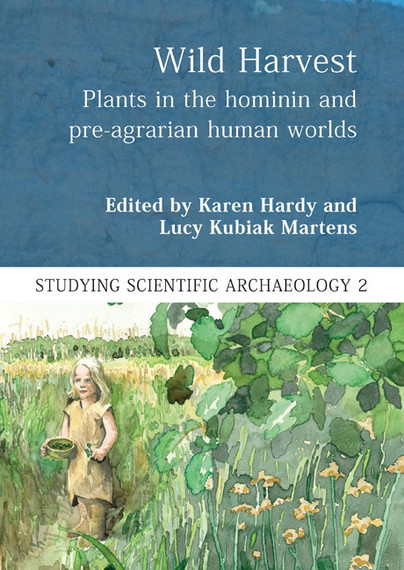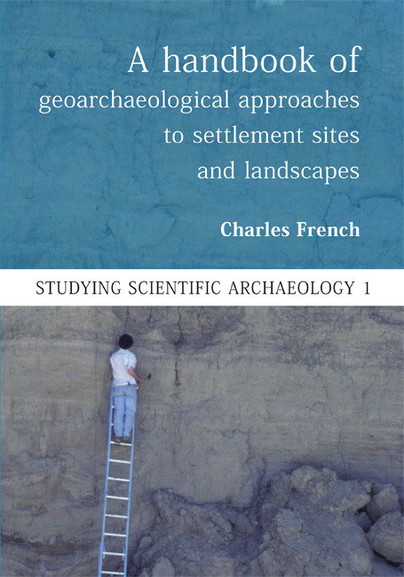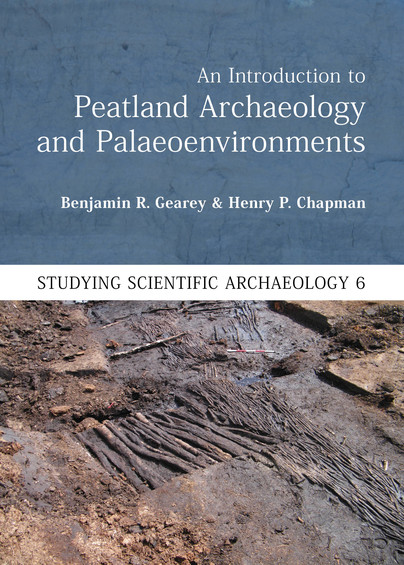
Format: Paperback
Pages: 160
ISBN: 9781789257557
Pub Date: 15 Nov 2022
Imprint: Oxbow Books
Series: Studying Scientific Archaeology
Illustrations: B/w and colour
Description:
Peatlands are regarded as having exceptional archaeological value, due to the fact the waterlogged conditions of these wetlands can preserve organic remains that are almost entirely lost from the majority of dryland contexts. This is certainly true, although the remarkable preservation of sites and artefacts is just one aspect of their archaeological importance. This book provides an accessible introduction to the ecology and formation processes of peatlands, and to the different archaeological and palaeoenvironmental techniques that have been developed and adapted for the study of these environments.

